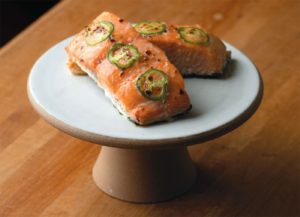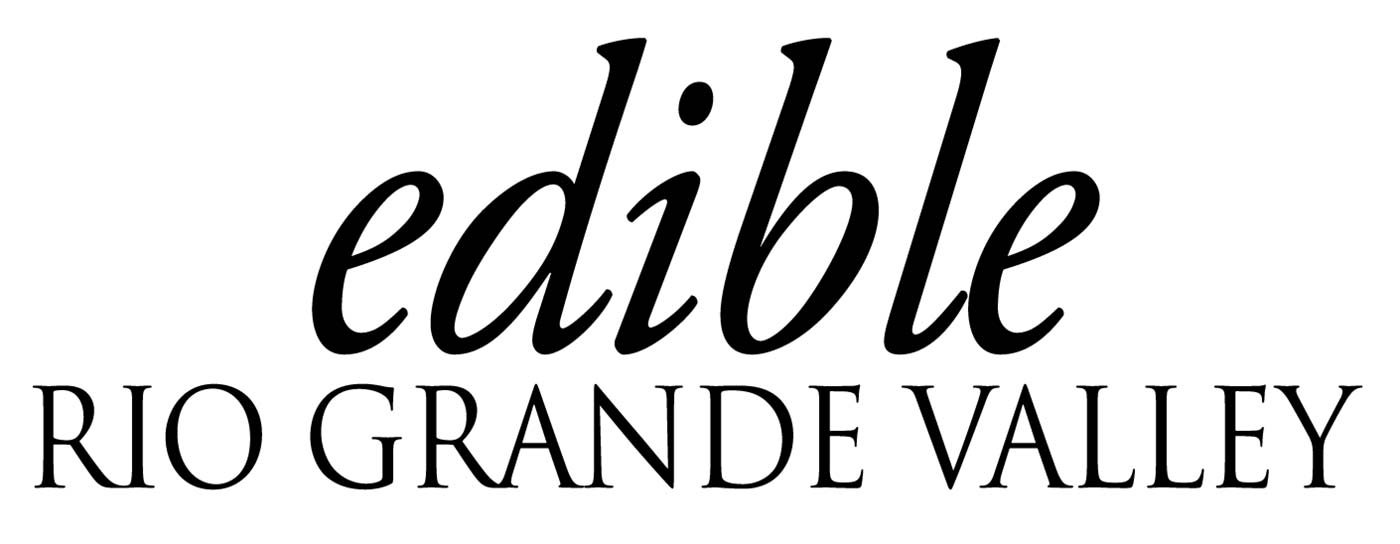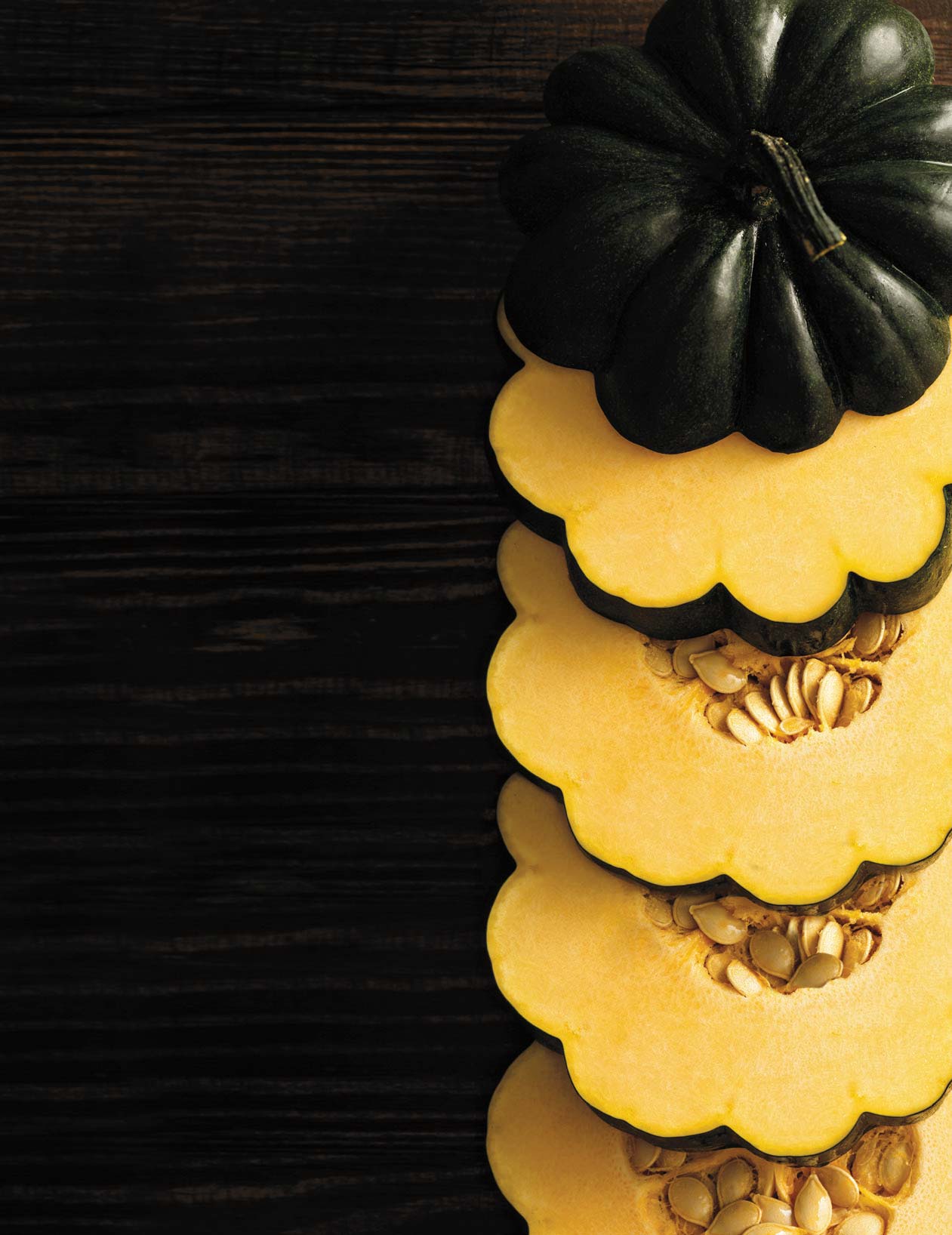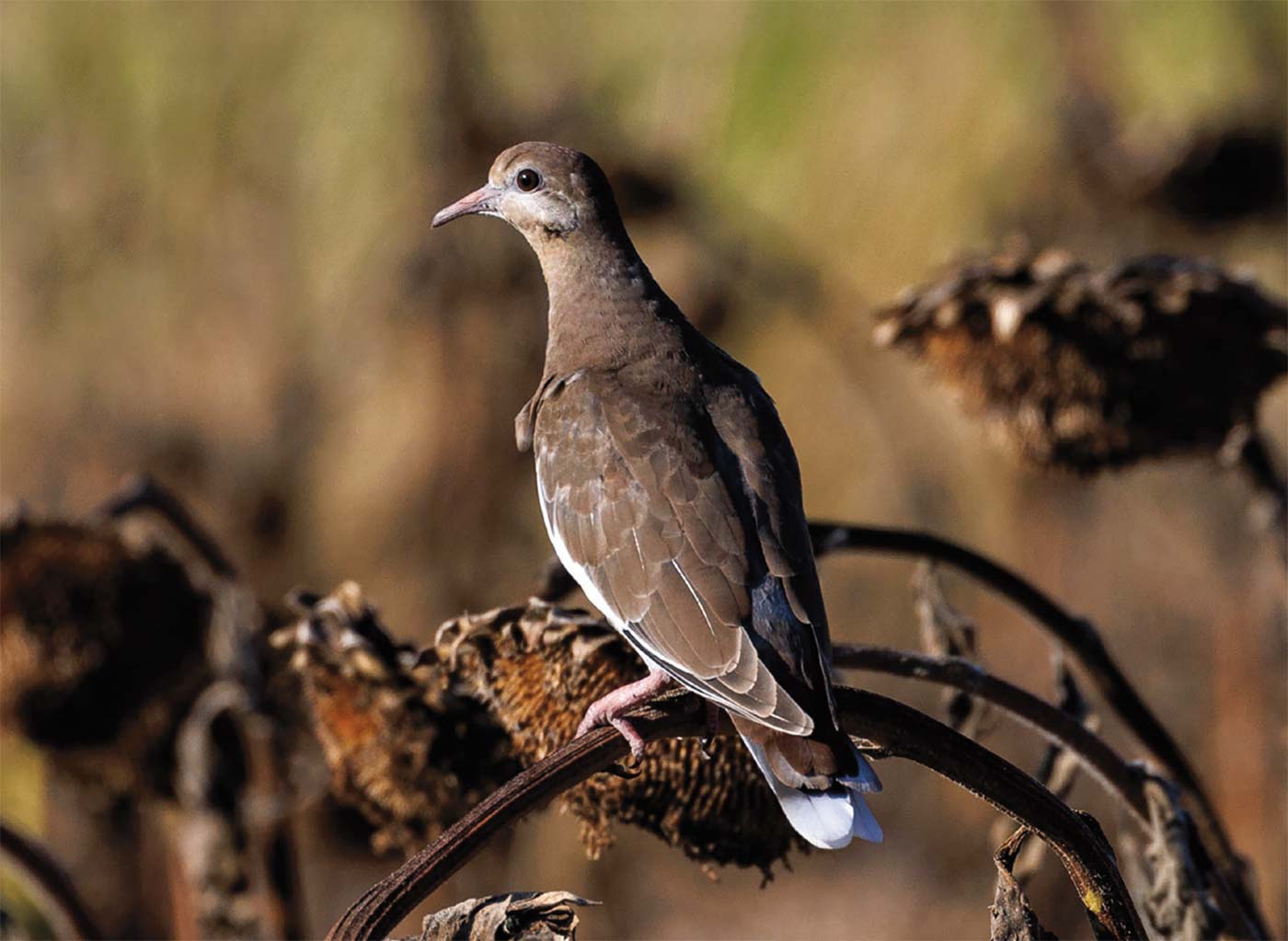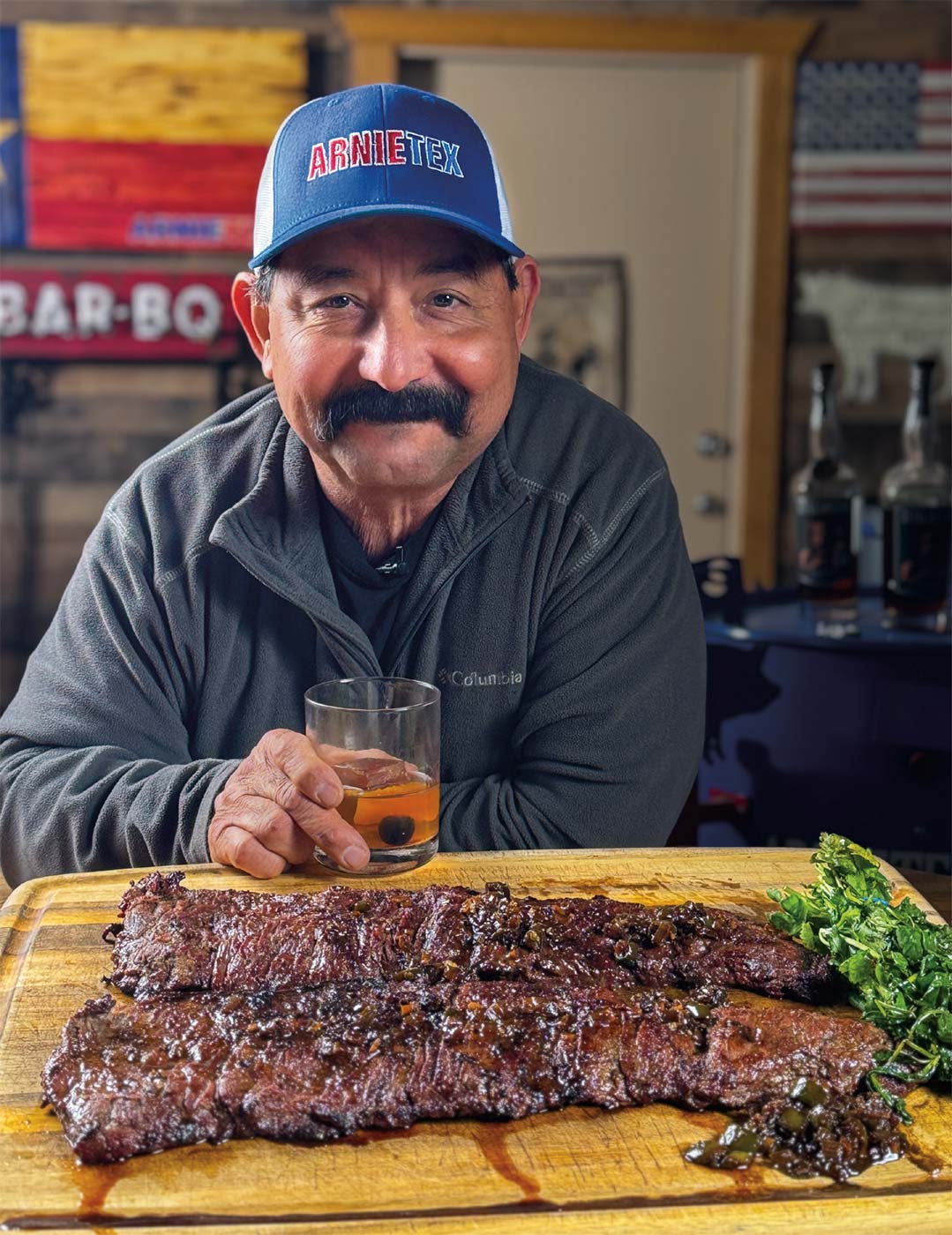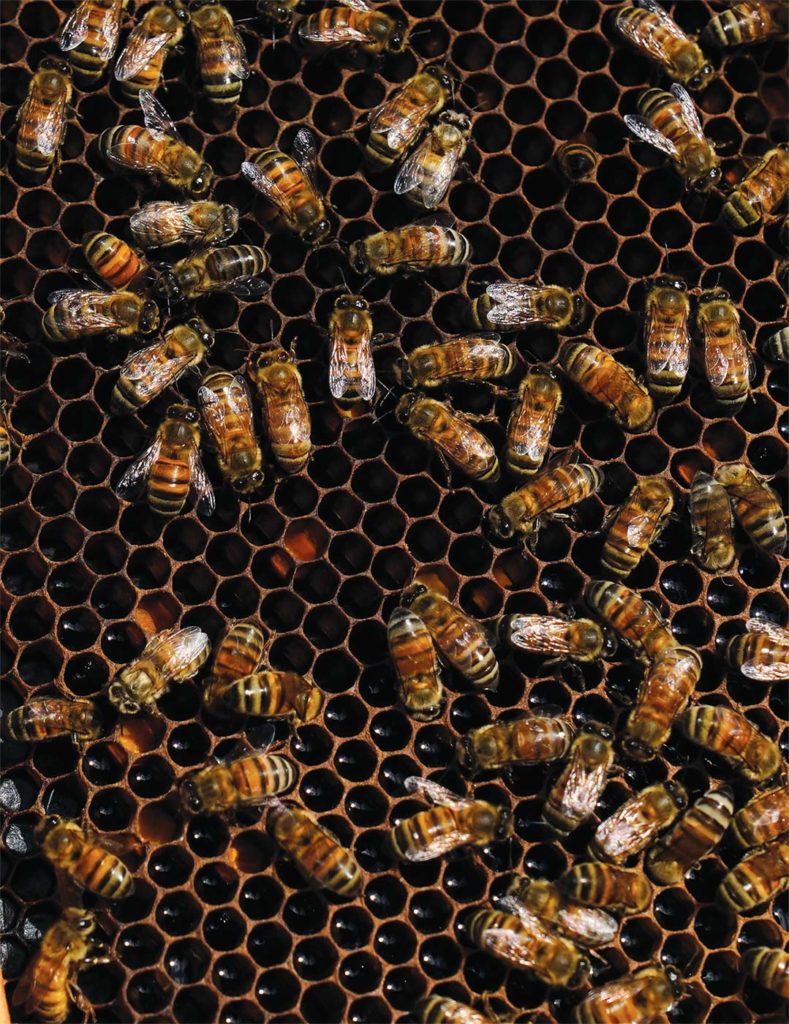
Taste of Summer Honey
The Rio Grande Valley seems to always be bursting with produce. From fresh juicy oranges to the crispness of bell peppers, the Valley grows a wide variety of delicious foods to explore.
However, there is one local delicacy that you should not miss out on — honey — produced by one of the tiniest yet vital members of our community, the honey bee.
With the last honey harvest of the season approaching, the taste of summer honey is officially here.
Honey is a delightful byproduct of the hardworking honey bee’s unceasing pollination efforts that underpin, well, just about everything we eat and then some. Whether it is watermelons in the fields or wildflowers growing on the roadside, bees have a hand in them.
According to the Texas A&M Honey Bee Lab, honey bees are the top pollinators in both the state and country and are vital to an area like ours.
“If we removed honey bees, we would not be able to produce food on the same scale that we do right now in the United States,” said Dr. Juliana Rangel, associate professor of apiculture with the Texas A&M Honey Bee Lab.
With all the work they do for us, it might surprise you to hear that honey bees are not native to the U.S. Though the honey they produce is local, a North American honey bee does not exist.
“There are no native honey bees, period,” Rangel said.
The honey bees in Texas are a mixture of different genetic lineages of the western honey bee. Endemic to the Middle East, Europe and Africa, in the 1600s, according to Rangel, European settlers brought these honey bees to the States.
In 1990 a subspecies of this same bee from South Africa was introduced to the U.S. and bred with other honey bees to create the Africanized honey bee that is often found in the Rio Grande Valley.
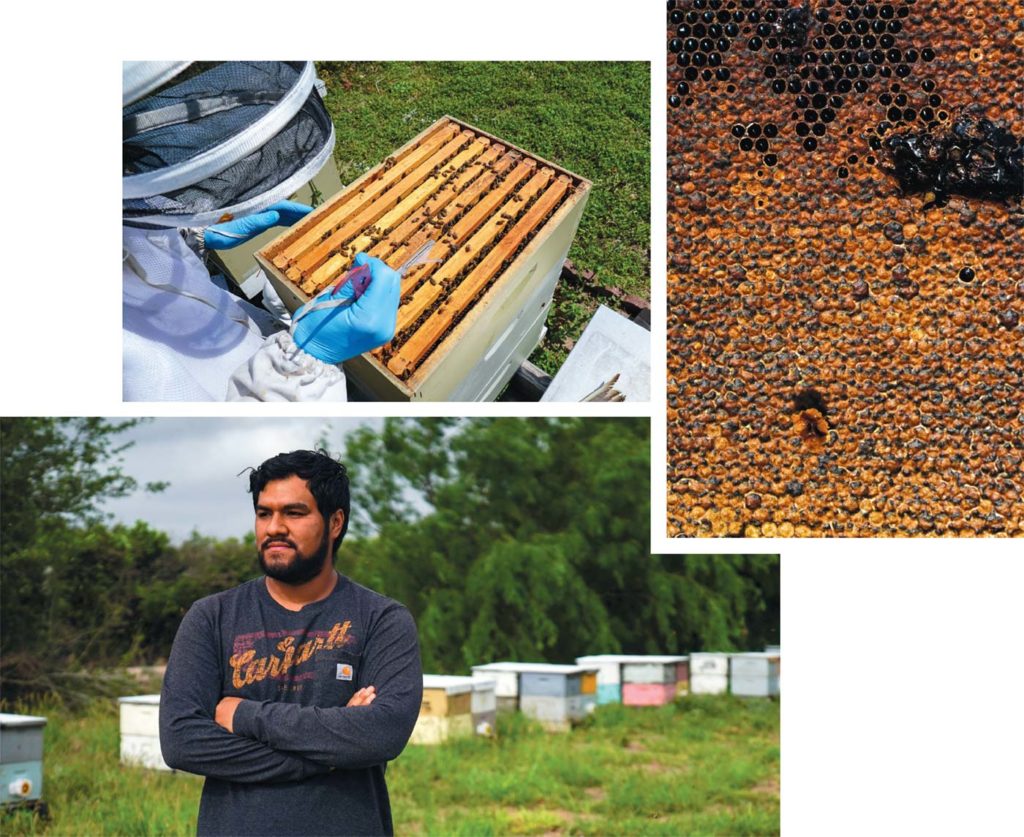
So beekeepers have a wide variety of honey bee lineages and hybrids to choose from if they want to get into honey.
From the smokiness of the mesquite trees to the floral sweetness of our local wildflowers, according to local beekeepers Glenn Simpson of Bay Bees based in Brownsville and Miguel Lozano of Lozar Apiaries in McAllen, the taste of our local honey is as unique as our local plants.
Lozano, who keeps 1,300 hives in Hidalgo County, and Simpson, who has nearly 60 hives spread throughout the Valley, know quite a bit about producing honey and the work that goes into getting it from the bee to the jar.
While it depends on the bees, harvesting can start as early as late February and sometimes lasts through mid-July, with a second harvest beginning in September before winter.
Each year for beekeepers is a roll of the dice in terms of how much honey they will get. In a year with enough rainfall to sustain our plant community, beekeepers expect plenty of honey to be available in the hive — enough for the bees and themselves.
Honey bees make honey from the nectar they harvest from flowers, but a honey bee generally only travels a few miles from its hive. Where a beekeeper puts a beehive can be just as important as what plants are available during the season in a given area.
In the Valley, anacua, Texas ebony, fiddlewood, Texas kidneywood, asters, daisies, huisache, citrus trees, mesquite and other local flowering plants and trees with plenty of nectar on tap are popular with honey bees. Bees near urban areas often also take in nectar from the more exotic plants kept in home gardens.
For Lozano, his customers enjoy buying honey from the flowers of the Valley.
“People like it a lot because they know it has the flavors of the flowers that we have here locally,” he said.
If a beekeeper wants or prefers the taste of a specific nectar source to come out on top, they can give nature a helping hand.
“When you are trying to produce a specific type of honey, you try to move your bees into an area where most of the flowers within a threemile radius are of that particular flower,” said Simpson.
The honey itself is a mixture of the tail end of spring and the beginning of summer nectar harvests, and has a gentle sweetness. With strong floral notes, this honey is from the final blooming across the Valley caused by the winter and spring rains before the summer heat makes food sources scarcer for the honey bees.
Harvested in June and early July, honey is a welcome addition to a savory dish of salmon for those family gatherings or drizzled over fresh slices of mango and watermelon for a beach-side snack.
“If we removed honey bees, we would not be able to produce food on the same scale that we do right now in the United States.”
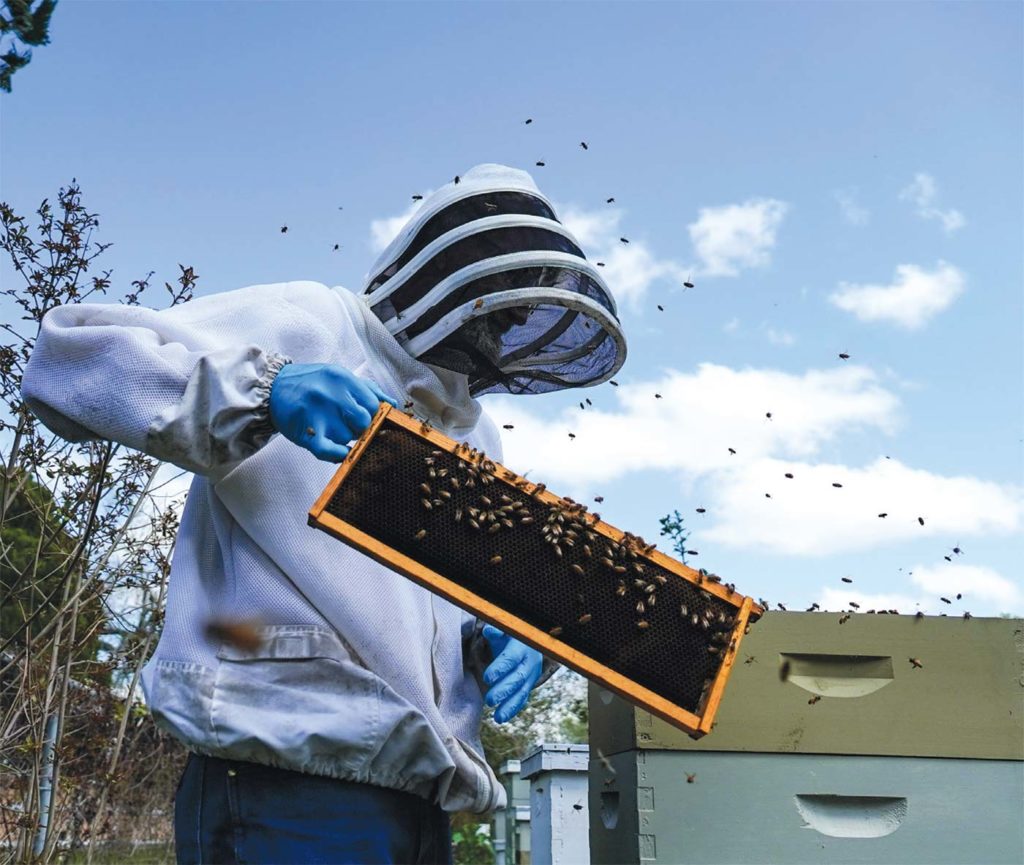
FINDING GOOD LOCAL HONEY
Is the seller a beekeeper? If so, ask to see their hives. If someone is selling locally, their beehives should be local too. This is an easy way to check whether you are buying truly local honey or honey from a non-local source.
BAY BEES HONEY
Bay Bees is located at the Brownsville Farmers’ Market on Saturdays, The Nelipot Tea Shop and Metanoia Wellness Center both located in Brownsville, and the Tres Lagos Farmers Market in McAllen on the first Sunday of each month. Visit Bay Bees on Facebook or email baybeesrgv@gmail.com.
LOZAR APIARIES
Lozar Apiaries is based in Edinburg. Visit its website at lozarapiaries.com or give them a call at (956) 874-8949.
